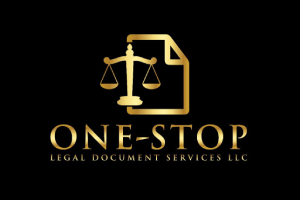
Toxic Release Inventory (TRI) Report
Toxic Release Inventory (TRI) Report
A Toxic Release Inventory (TRI) Report is an annual document submitted by certain industrial facilities to the U.S. Environmental Protection Agency (EPA) that discloses the amount of toxic chemicals released into the environment or managed through recycling, energy recovery, and treatment. The TRI program was established by the Emergency Planning and Community Right-to-Know Act (EPCRA) in 1986 to provide the public with information about the presence and release of toxic chemicals in their communities. The purpose of the TRI report is to inform the public and government agencies about the environmental impacts of industrial activities and to encourage facilities to reduce their releases of toxic chemicals. The TRI report typically includes the name and location of the facility, the chemicals released or managed, the quantities released or managed, and the media (air, water, or land) to which the chemicals were released. The document must be submitted electronically using EPA’s TRI-MEweb reporting system and must be certified by a responsible official. A Toxic Release Inventory Report typically includes a Form R for each chemical that exceeds the reporting threshold, as well as a Form A for chemicals that meet certain alternate thresholds. The document should be accurate, complete, and submitted by the annual deadline of July 1. Toxic Release Inventory Reports are an important tool for promoting transparency, accountability, and pollution prevention in the industrial sector.
